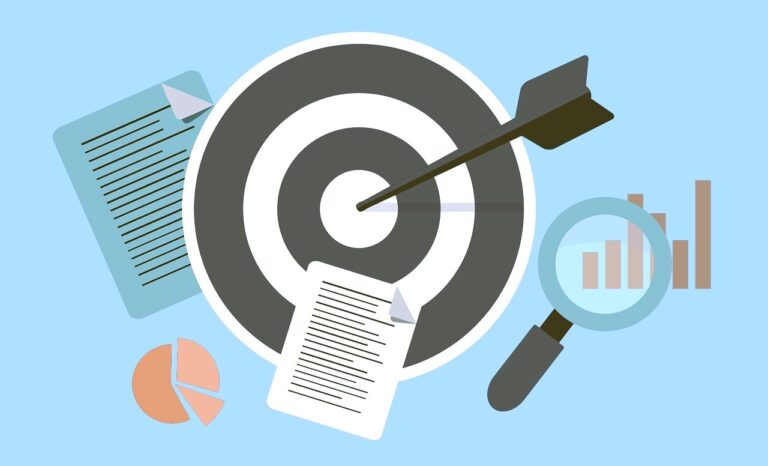![]()
Why do we need KPIs
Key Performance Indicator is a good tool to make objectives of any project tangible and concrete, increasing likelihood of people to understand them and make actions in alliance with what´s being measured. As Peter Drucker famously said;
“What gets measured gets done”
Another way to increase the likelihood of employees following and fulfilling the KPI´s is to involve them or representatives from different parts of the workforce into the process of identifying and creating the measurements. Participation increases ownership.

What is it?
Key Performance Indicators (KPI) are a process and tool to create quantifiable indicators of progress towards a specific goal. In a process such as this we prefer to stay away from qualifiable indicators, as it can be more difficult to ensure they are fulfilled. While quantifiable indicators are countable and tell us aspects such as how many, how much or how often, qualifiable indicators are more subjective and open to interpretation. For instance, it would be preferable to have an indicator regarding how many people attended a seminar rather than how much people learned from said seminar. It is far easier to count the attendance rather than catalogue how much of the material people actually comprehended.
These quantifiable indicators can also be used to articulate and share business objectives and goals, as well as aiding in decision-making. In an instance where only half of an office have attended a needed seminar, leaders can make a decision to articulate that attending the seminar is mandatory for all relevant employees.
In this blog the Measure-Perform-Review-Adapt (MPRA) framework will be presented. This framework consists of four main stages, central activities within the stages and the main objectives of them.
How to identify KPI´s
The development and usage of KPI´s is an iterative process, where after every iteration you make changes and improvements based on lessons learned in the previous iteration. It is a good example of a tool where practice makes perfect. Although there are several ways to interpret, perform and work through the different stages, the following section will articulate some of the main objectives of each stage and make suggestions to main activities you should perform to gain business value from following the framework.

1. Measure
The main objective of the measurement stage is to identify, create and define specific measurements. The first activity is to identify the objectives and desired results of the project or implementation, to create the building blocks for all the indicators. When a desired outcome has been explicitly agreed upon, it is easier to pick apart the needed activities to reach said goal. Once these activities have been identified, the next step is to understand and discuss what kind of quantitative measures can be applicable. To increase the chance of success, it is important to make well-thought-out decisions, to ensure the measurements selected are the correct ones to measure each objective.
2. Perform
There are four main activities within the performance phase: setting the targets, prioritizing the targets, implementing improvement actions, tracking the performance of said actions and learning from the results. A part of setting the target is clarifying upper and, more importantly, the lower limit for the desired outcome to constitute fulfillment of the KPI.
3. Review
Through the reviews process, the data produced through the completion of activities are transformed into further understanding and knowledge. Firstly, the data collected needs to be visualized in an easy-to-understand manner, to aid in future decision-making. Creating well-developed visualizations can give insights into trends over time. If an organization implements certain changes throughout the project lifetime, trends can give indicators of whether these changes give the intended results or not.

4. Adapt
The adoption phase is where reports, actions and results are scrutinized. Lessons learned from the previous stages are considered, before making a decision about whether to continue with the path the organization is on or if further changes are needed. Going back to the example of attendance in seminars, a lesson during this process could be that making attendance of important seminars mandatory is important to ensure prioritization from employees.
The road ahead
Now that you have learned about what Key Performance Indicators are, why they are important and how to identify and create them, we highly recommend you utilize them in your own organization. If you are interested in reading about other practices that could be helpful to implement in your organization, feel free to read my other blogpost pertaining to mitigating barriers in adoption.
If you wish to learn more about KPI´s, feel free to reach out to us at; contact@infotechtion.com



